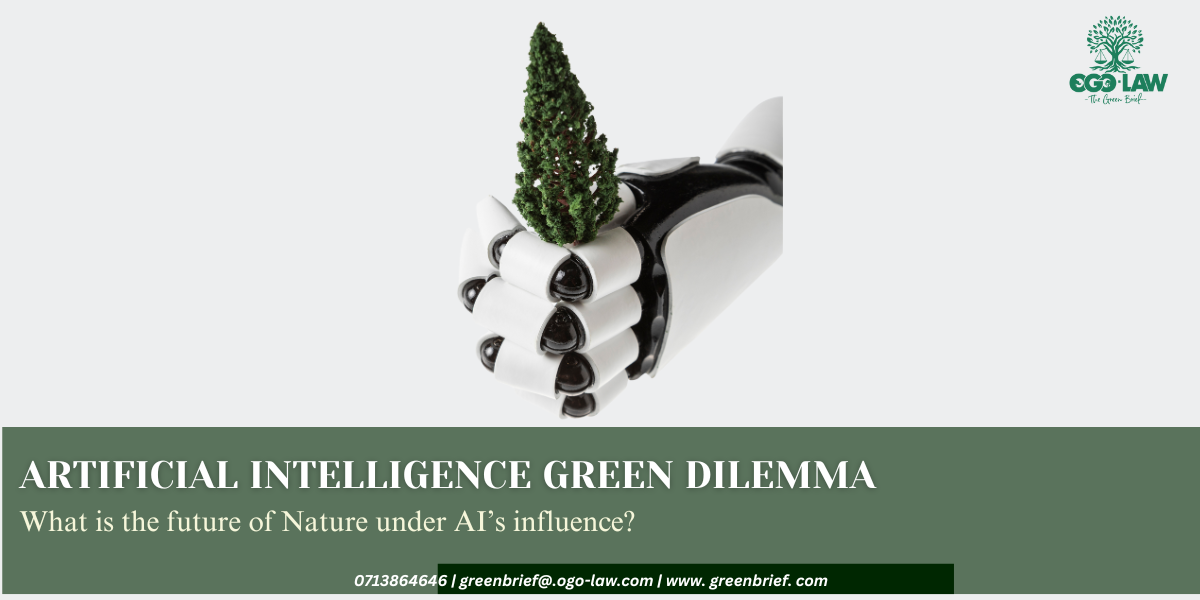The fourth industrial revolution is often linked to Artificial intelligence (AI). Its transformative powers have seen an increase in efficiency in several sectors such as healthcare, agriculture, business, education among other sectors. While its transformative nature has the potential to fundamentally change how we live and work, there is a growing concern over its negative effect on the environment. As we all know, AI relies on data, this is the ‘fuel’ that runs it. Now, for every AI model that is trained and deployed for use, it is highly dependent on extensive data, especially the large scale AI.
This means that data must first be collected, stored and then later processed and analysed. So, where is all this data stored? All of this data is stored in data centers that run every day and night without fail. So while AI promises efficiency and innovative solutions, the environmental harm cannot be understated.
The United Nations Environment Programme issued a policy brief detailing the impact of a full AI lifecycle to the environment. Some of the harmful effects, though not exhaustive, include:-
1. Electronic waste – Data centres produce electronic waste which is considered to be hazardous as it contains substances such as mercury and lead.
2. Consumption of water – While it is not lost to all of us, water is a scarce resource, for data centers to run efficiently every day and night access and use of water is key. First, there is use of water during the construction phase. Second, during the operational phase AI data centers consume a lot of water in order to cool its electrical components considering the enormous heat they generate.
It is estimated that globally, AI-related infrastructure may soon consume up to six times more water than Denmark, a country of 6 million people.
3. Electricity – Electronics that host these AI models have to be powered in order to function. That means they need a lot of energy which in most cases, depending on where the data centers are situated, still comes from burning of fossil fuels which in effect emits greenhouse gases hence increased carbon footprint.
It was reported by the International Energy Agency that a request made through ChatGPT or an AI-based virtual assistant consumes 10 times the electricity of a google search.
While research is still on-going as to the effects of AI on the environment, it is safe to say that environmental harm is one of the unintended consequences of seeking more efficient lives. However, it is not too late to reverse these unintended consequences especially for Africa by:-
a. investing in more green data centers;
b. enacting procedures that monitor AI’s environmental footprint
c. enacting regulations for companies to disclose how their AI based products are likely to harm the environment and measures they need to take
d. innovating ways in which water used in the said data centers can be recycled
Therefore, while AI offers great benefits to every human being, it should not be lost on all of us that climate change is real and we should all strive to ensure that as we deploy technology in our everyday lives, it should be done sustainably to ensure that we protect the environment for present and future generations.





